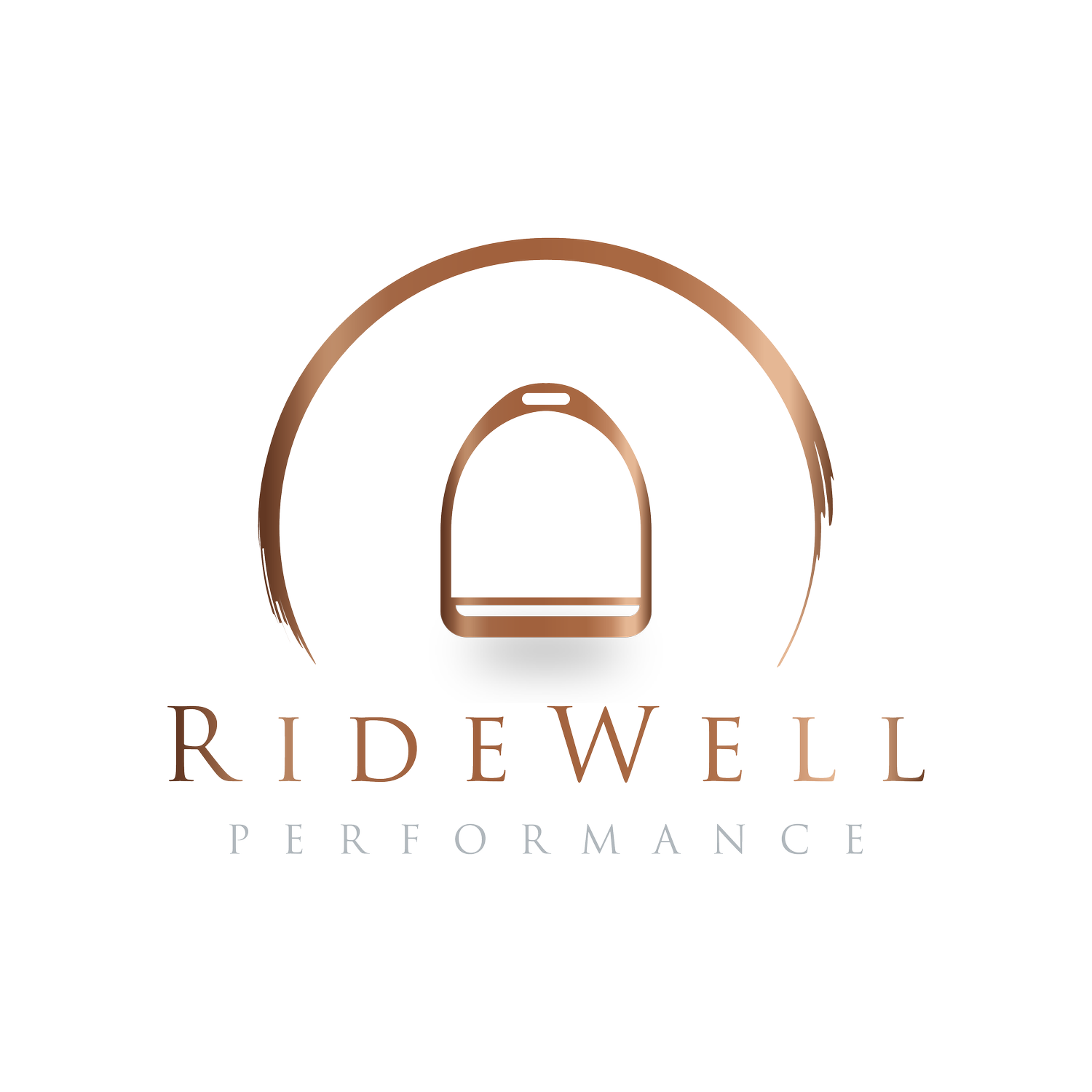Top Lower Leg Problems
We so often work on our horse’s conditioning and mobility, yet neglect our own. I’ve seen all sorts of equine issues disappear in minutes once we get the rider riding more functionally! Riding is a sport where the common denominator for the human member of the team is pain and dysfunction, two things that are rarely addressed. Of course our horse’s should be treated well and given much of our attention- however we are infact doing them harm by not placing just as much focus on ourselves, our movement and our health. Here are the top three lower leg issues I see in riders:
The Slide: happens in posting, two point, over fences and in transitions. That lower leg just will not stay in place. This is commonly accompanied by the flapping heels and kicking legs seen in posting trot. Not only does this deaden your horse to the leg, it equates to much more energy output from you with very little return.
Cause? Inactive pelvic stabilizers (specifically the gluteus medius at the side of your hip), gripping at knee (caused again by deactivated hip stabilizers), inactive foot position (how often do you think about your foot position in the stirrup?) and lack of proprioception/balance in the lower body.
Its not uncommon for me to meet riders for biomechanics consultations and find that they have their feet rotated outwards in the stirrups and a history of back pain. This all points directly at the hip stabilizers not working for us. The lower leg function is a representation of our pelvic stability, awareness, and balance.
Solution? We need to get your lower body awareness jacked up, recondition your hip stability, core and foot engagement. My favorite exercises include clamshells or hip abduction based exercises targeting the glute medius, single leg hinges, balance conditioning, split squats, foot awareness via toe slides, toe curls and toe spreading.
The Heel Jam: we’ve all been told heels down til death.. however our ankles are an integral piece of the force absorption game. Actively forcing your ankle into a flexed position reduces elasticity all the way up into our hips. Not good.
Try this: jump up and down and keep your ankle flexed (land on your heels). Notice what happens through your knees and hips, how it feels. It likely feels much more jarring than how you naturally want to land. Then do the same jumping up and down landing as light as possible. Absorb through the front of your foot first to allow the heel to gently reach the ground and the knees to bend.
Solution? Similar to above.. we need to first find your foot in the stirrup and build your “springboard” up functionally. This pairs well with hip stability for elasticity throughout the lower body. Eccentric Calf Raises to build awareness of the ankle range of motion, balance work, and hip engagement through movement: monster walks with resistance are a good place to start.
The Braced Leg: a lovely combo of 1 + 2.. commonly seen over fences and when riding strong horses. This often tells me the rider lacks everything noted above as well as upper body stability. It’s all connected!
Solution? Functional engagement of the lattisimus dorsi for stabilization via postural re-education of the upper body alongside core education and engagement stacked on top of elastic and strong hips and legs. I start with suggesting my all time favourite Wall Angel exercise paired with the hip work suggested above.
Do you match any of these pictures or descriptions? All of these common issues can and will lead to increased stiffness in your horse’s shoulders, hind end deterioration, “hotness” and anxiety in your horse, spookiness, trouble bending and trouble staying on the forehand. We so often work on our horse’s conditioning and mobility, yet neglect our own. I’ve seen all sorts of equine issues disappear in minutes once we get the rider riding more functionally!
Common rider complaints include back pain, hip pain, jumping ahead, rails and trouble balancing their horse (leaning to one side). Which of these three matches you?

